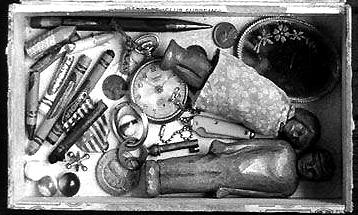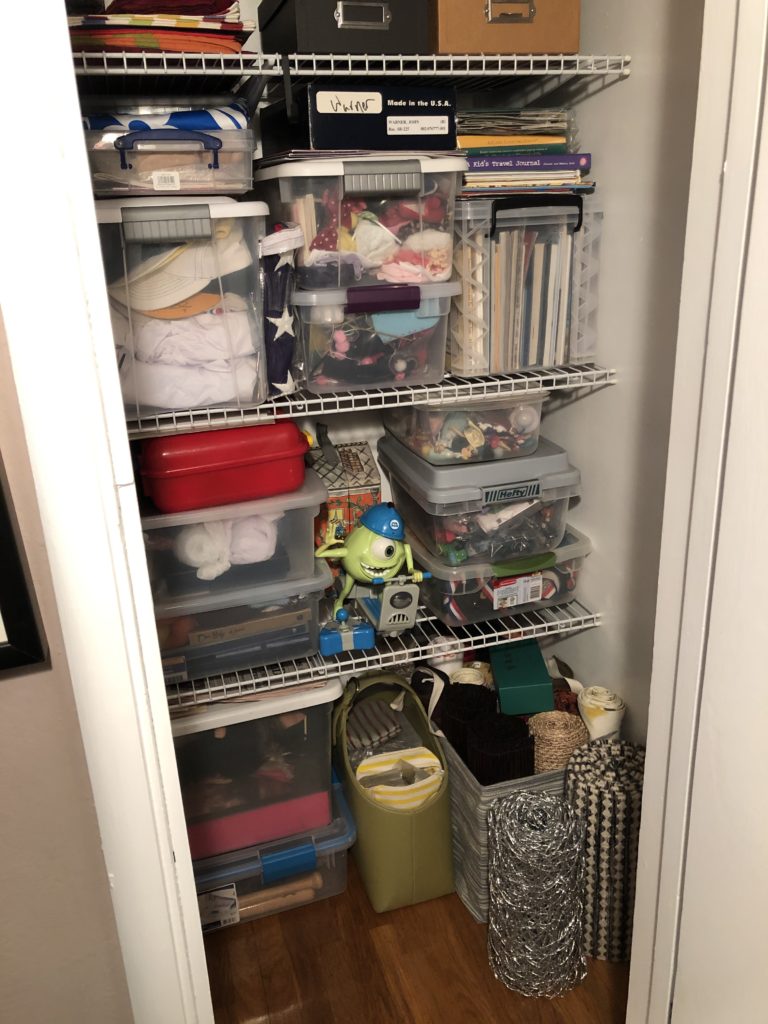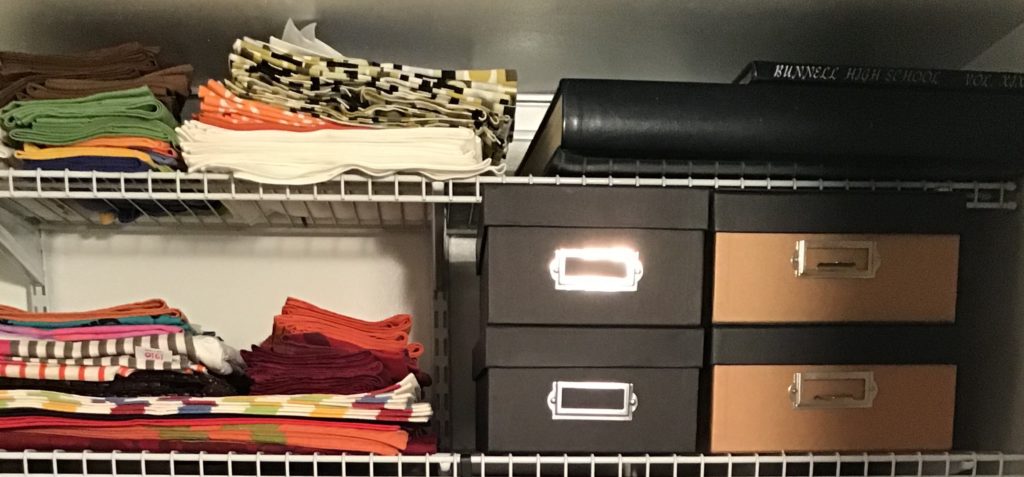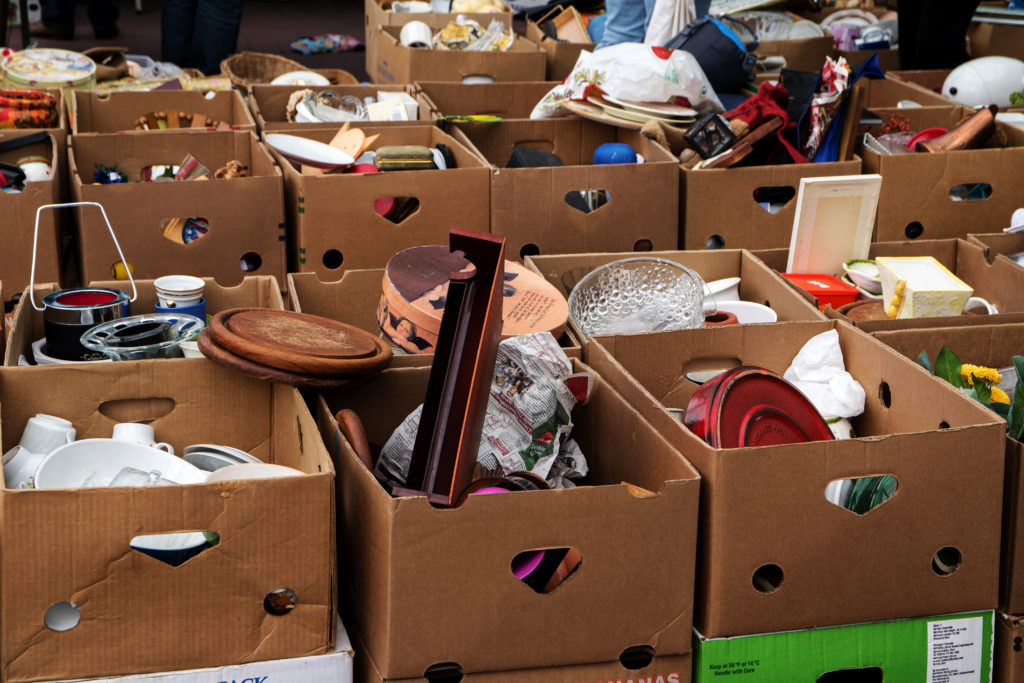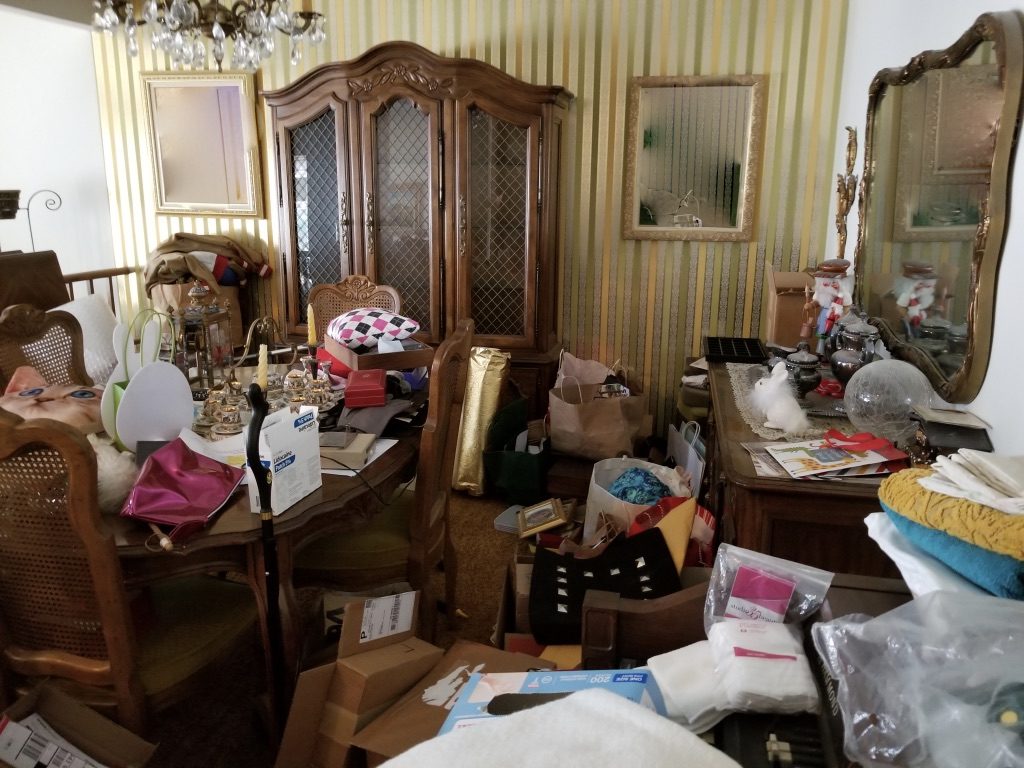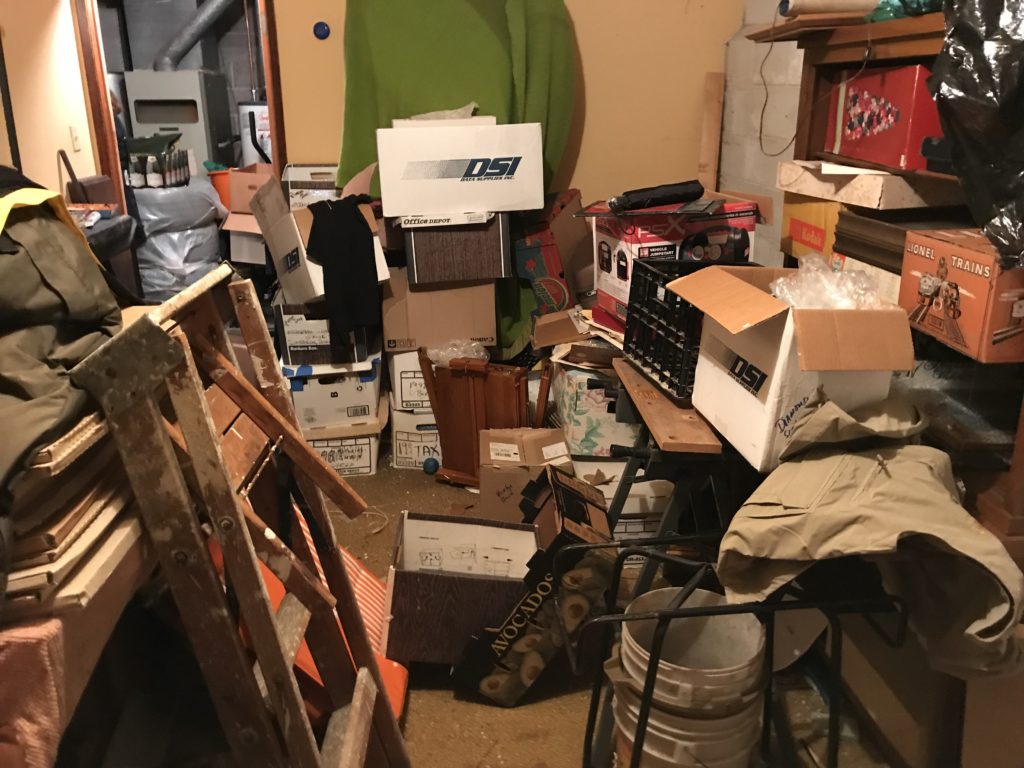I have three rules I ask my clients to agree to when I start an organizing or downsizing project with them.
Rule #1: I only work with the owner of the decision when it comes to deciding what is kept vs. not kept (sold, donated, tossed).
Rule #2: The owner of the decision cannot be overruled unless they explicitly delegate their decision to someone else.
Rule #3: If you were given items from family or friends, whether you wanted them or not, you and only you are the owner of the decision.
Most of us know when a gift is given. Usually it’s done with the receiver in mind.
Sometimes things are given (or kept) because the giver and receiver don’t know what else to do; They don’t want it but they can’t just toss it.
When the giver does this it’s called re-gifting.
When the receiver keeps it, but doesn’t really want it, it’s called…stuck.
“I can’t just give away my grandma’s china to anyone! I would feel terrible. Maybe my daughter or granddaughter will take it off my hands.”
Problem solved. I don’t have to feel guilty…you can!
Love Grandma but not her stuff
But what good is a gift given – or kept – out of guilt? How does that honor grandma’s memory?
Things are just things until we impose an external value onto them.
Even an item that’s worth something does not make it valuable to the owner unless they feel connected to it in some way – emotionally, aesthetically, practically.
“I loved Grandma and remember her using this china. I would like to have it because it reminds me of her.”
But what if you loved Grandma but her china is simply not your style? It doesn’t fit the way you live because every piece has to be hand-washed or you don’t have room for it in your tiny home?
Keep in mind there is likely someone somewhere who will enjoy it for what it is, even without the sentimental attachment.
Three decision-making questions
As the owner of the decision, you get to decide. Here’s an easy way to make a guilt-free decision.
Grab the box of china, take another good look at it and ask yourself these three questions:
Question #1. “Would I buy this for myself if I saw it in a store or thrift shop?” If no, you probably don’t want it but still feel attached in some way. Go to question #2.
Question #2. “Are there any individual pieces I can use that I like?”
The soup tureen repurposed as a vase. A single teacup and saucer to enjoy a morning cup of tea?
Keeping one or two pieces from the set will make it easier to give away the rest. Alternately, you could take a picture of it and preserve the memory that way.
Don’t worry about breaking up the set unless it is super valuable and chances are it isn’t. If you want to check the value, you can look up the pattern on Replacements Ltd.
Question #3. Is there some place or someone nearby who would take it? If you are working with a professional organizer, they will be super helpful here.
Consider thrift shops, antique stores, school auctions, a church rummage sale or swap meet. There are also traditional charities like Goodwill, Salvation Army or Out of the Closet. You could also post it online – check out Craigslist, eBay, Freecycle.
Still not sure, do a Google search, “donate china set near me” (Keep in mind some places may still be closed due to the current Covid health emergency, so call first. )
While this generally takes longer you get the satisfaction of giving it directly to someone who wants it. Just don’t look for the “perfect” solution. Perfection is a convenient ploy for procrastinators.
Once you’ve decided, let it go as soon as you can. You’ll feel so much freer for having done so and trust me, Grandma won’t mind.
Lis McKinley
Owner
LET’S MAKE ROOM, LLC



 Toys and Childhood Memorabilia
Toys and Childhood Memorabilia